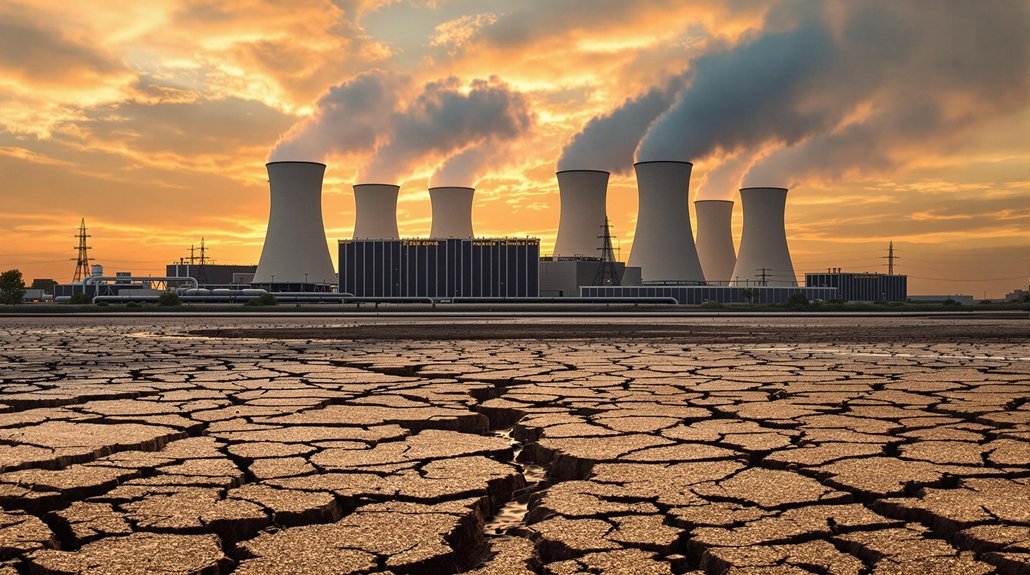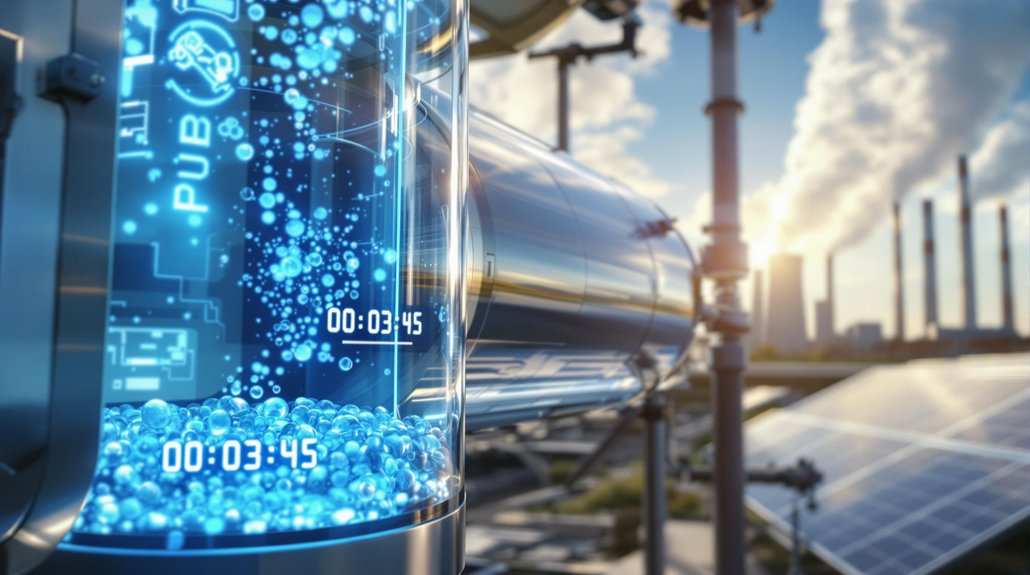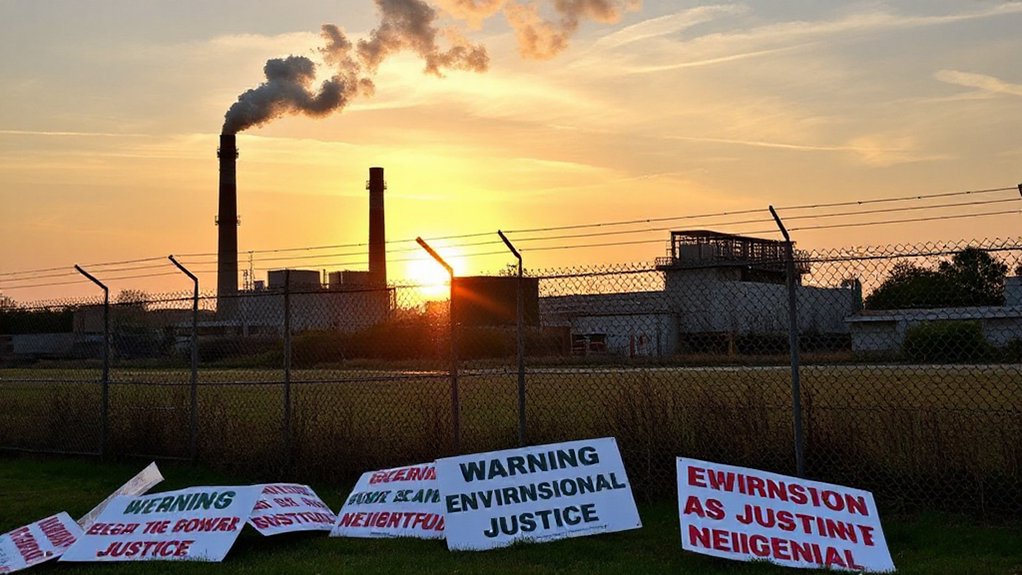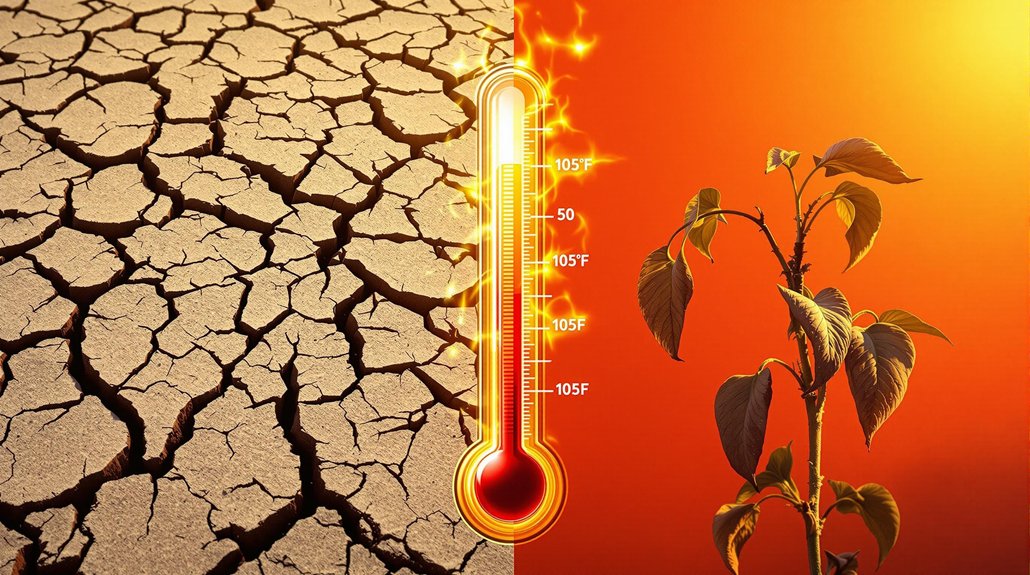Tech giants’ water consumption is reaching alarming levels. Google used nearly 5 billion gallons in 2022, while Microsoft’s usage jumped 34%. These companies often build data centers in regions already facing water shortages. Some facilities now account for a third of local water supplies, sparking community protests. Cooling systems for AI services like ChatGPT require substantial water—about half a liter per typical session. The growing conflict between tech profits and community resources continues to intensify.
While tech companies grow their data centers to power AI and cloud computing, they’re draining billions of gallons of water from local communities. Google‘s data centers used nearly 5 billion gallons of water in 2022, which was 20% more than the year before. Microsoft‘s water usage went up even more—by 34% during the same time.
Tech giants’ thirst for data comes at local communities’ expense as water consumption soars to meet AI demands.
The water needs for these facilities are enormous. Hyperscale data centers like Google’s use about 550,000 gallons daily, while smaller ones still require around 18,000 gallons per day. All together, data centers used about 200 billion gallons of water in 2023, and experts think this will reach 250 billion gallons yearly by 2030.
Local communities are feeling the impact. In Oregon, Google’s data center used a third of one city’s water supply in 2021. In Iowa, data centers consumed 6% of district water just to train one AI system called GPT-4. These high water demands have sparked protests in Virginia, where residents are unhappy about the 7 billion liters used by Amazon, Google, and Microsoft data centers last year. Among leading tech giants, Google and Microsoft have the highest total water withdrawal worldwide according to 2023 statistics.
The problem isn’t just about quantity—it’s also about location. Many data centers are being built in areas that already face water shortages. By 2030, about 40% of semiconductor facilities might be in places with high water stress. Climate change will likely make these shortages worse, with some regions like England expecting major water deficits by 2050.
Water is mainly needed for cooling these facilities. Data centers generate a lot of heat, and cooling systems use around 300,000 gallons of water daily. This supports services we use every day, like Gmail and ChatGPT. Even a typical session with a service like ChatGPT may consume approximately half a liter of fresh water.
Some companies are looking for solutions. Microsoft is testing underwater data centers to reduce water usage. Others are working on water recycling programs. However, critics say stronger regulations are needed to balance technology growth with community water needs as water insecurity grows worldwide.









